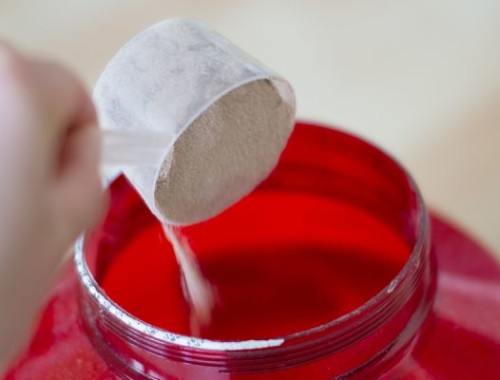Candida is a word that you may be hearing or reading about more and more frequently. But what is Candida? And do YOU have it?
Well, technically, we all have some Candida in our systems. Candida is a yeast, or type of fungus, that grows normally in our GI tract. It is there to help aid in digestion. It is only when this yeast begins to overpopulate and become invasive that we begin to have a rather big problem on our hands.
Candida overgrowth is becoming increasingly common. Given our antibiotic-happy doctors, our high-sugar diets, and our high-stress lifestyles, it’s not all that surprising.
Here are the most common reasons that our Candida levels can start to escalate:
Common Triggers:
- Antibiotic use
- Eating a high-sugar diet or consuming a lot of refined carbohydrates
- Alcohol use (in high volume)
- Oral contraceptives
- Chronic stress
Symptoms of Candida Overgrowth
The tricky thing about Candida is that the symptoms are so widespread. The first thing I always look for in someone I suspect may have a yeast problem is a craving for sugar- and I mean a serious craving.
When someone tells me, “I could eat an entire cake” or “I steal my kids’ candy and eat it”, it is time to start addressing Candida.
Here is a list of some of the most common symptoms related to Candida overgrowth:
Common Symptoms:
- Intense sugar cravings
- Fatigue
- Brain fog
- Depression
- Bloating
- Acne
- Skin rashes, hives
- Hypothyroidism
- Frequent yeast infections
- Constipation
Let’s talk about the top two reasons for Candida Overgrowth….
Antibiotics
Antibiotics are prescribed at an alarming rate these days. It seems near impossible to meet someone who has not taken antibiotics at some point in their life. And, believe me, I am not judging! I was on antibiotics practically the entire first year of my life.
While there is a time and a place for medications, it is so important that people understand what antibiotics are actually doing. They are not just killing off the bad bacteria that has made you sick. They are also wiping out all of your good bacteria, leaving all this open space in your gut for Candida to begin repopulating and overgrowing. After a round of antibiotics, Candida has likely taken up all the newly available real estate in your gut that was formerly owned by your good, friendly bacteria that were keeping you healthy.
So what can you do if you are prescribed an antibiotic?
If you do make the decision to go on an antibiotic, it is crucial that you begin taking probiotics to replace the good bacteria that the antibiotic is wiping out. This way, there will be far less real estate available in your gut for the yeast to move in to.
Too Much Sugar
High-sugar diets are the next big problem when it comes to yeast because yeast actually feeds off of sugar. When eating a high sugar diet, the small amount of yeast that is normally in the gut begins to feed on all the sugars and becomes invasive, moving into the small intestine and making it’s way into your bloodstream. To beat Candida, a low-sugar or no-sugar diet is a must!
The Take Away:
Candida is a naturally occurring fungus within our gut. It is only when we give it the chance to overpopulate that it begins to cause problems-serious health problems. The key is maintaining a healthy balance of the good and bad bacteria within our ecosystem. Keeping a low sugar diet and minimizing the use of antibiotics are two great ways to do just that.





No Comments